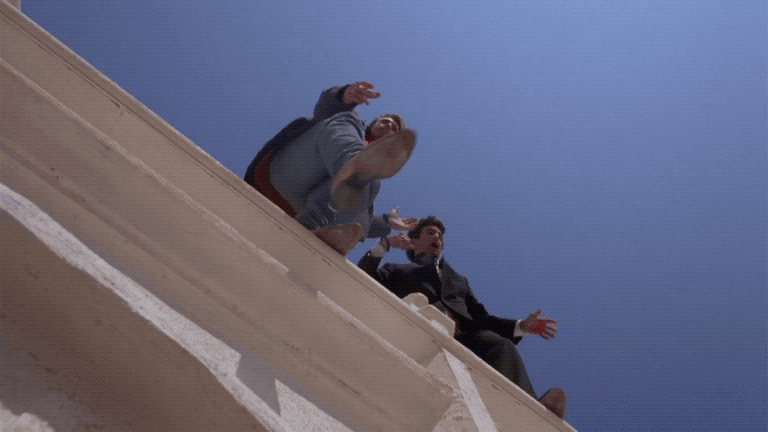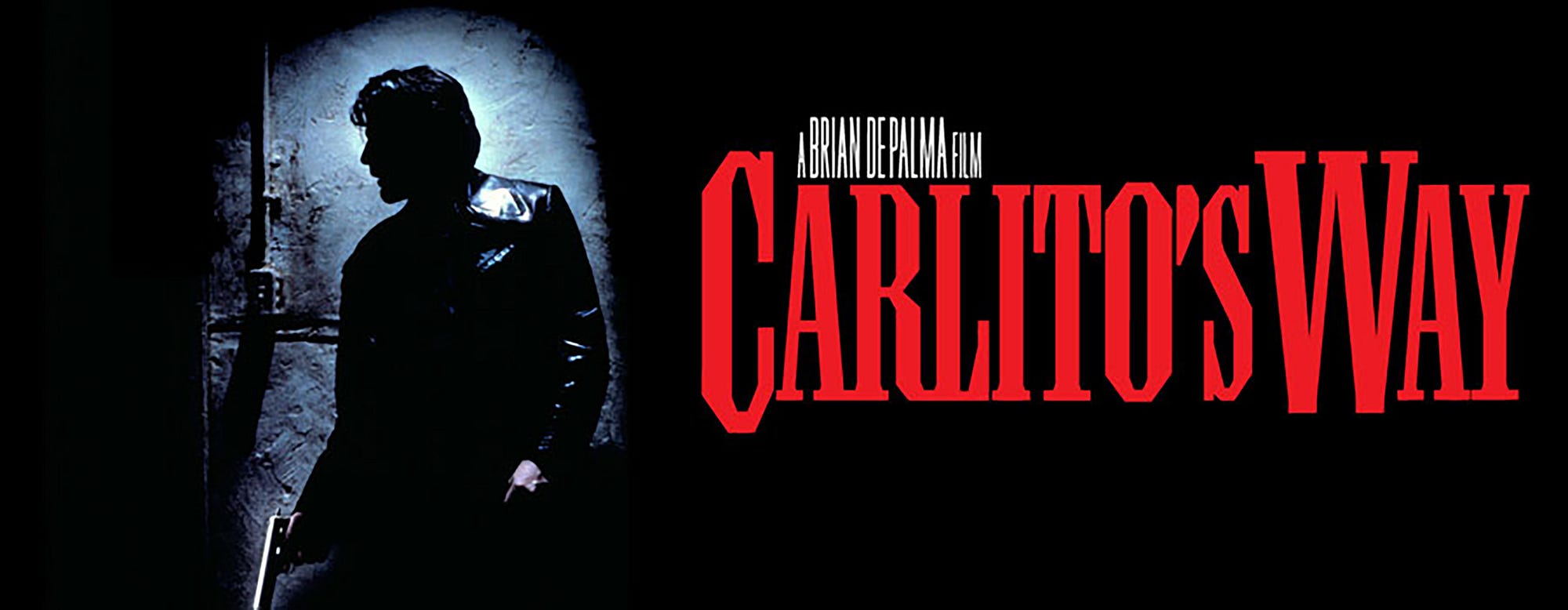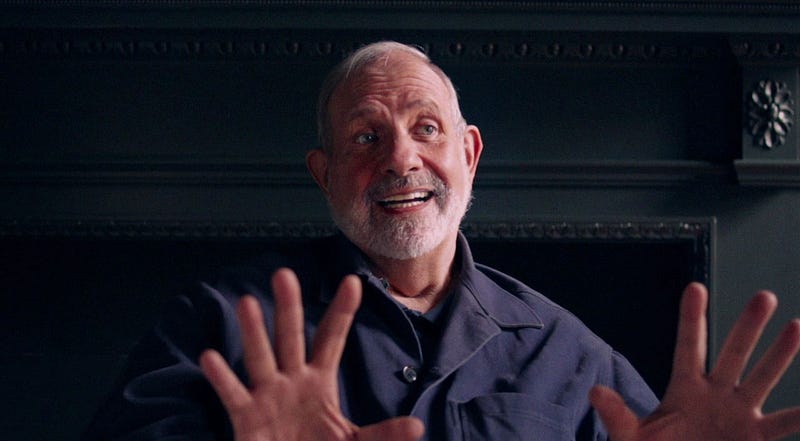When writer’s block hits you, it hits you hard. For some, it happens often, for others rarely. But the impact is hard no matter the frequency. Staring at a blank page for hours on end, or looking into the computer screen hoping for inspiration to strike.
The only solution to combat writer’s block is hard work. There is no secret magic place where all the inspiration is waiting for someone to bring it to light. But, for a writer struggling with writer’s block, it seldom helps to hear advice like “You overcome writer’s block by writing.”
There are two techniques which together can help you ward off writer’s block and never to fear a blank page again. Enter Ernest Hemingway and Steven Johnson. Good old Papa and one of the best non-fiction science writers of our generation.
>> Read the entire article on The Writing Cooperative







 Carlito’s Way works perfectly on so many levels. If you want to study the medium of film and see why it is so different from other mediums, this is a perfect example to do so. Every scene is crafted with such care and precision. Nothing is left to chance, and it all works in unison, the action and acting on the screen, the dialogue, the cinematography, the music, the sound, and the editing. When so much care is put into each element, they are all capable of standing on their own but combined, it creates an experience like no other medium can provide.
Carlito’s Way works perfectly on so many levels. If you want to study the medium of film and see why it is so different from other mediums, this is a perfect example to do so. Every scene is crafted with such care and precision. Nothing is left to chance, and it all works in unison, the action and acting on the screen, the dialogue, the cinematography, the music, the sound, and the editing. When so much care is put into each element, they are all capable of standing on their own but combined, it creates an experience like no other medium can provide.